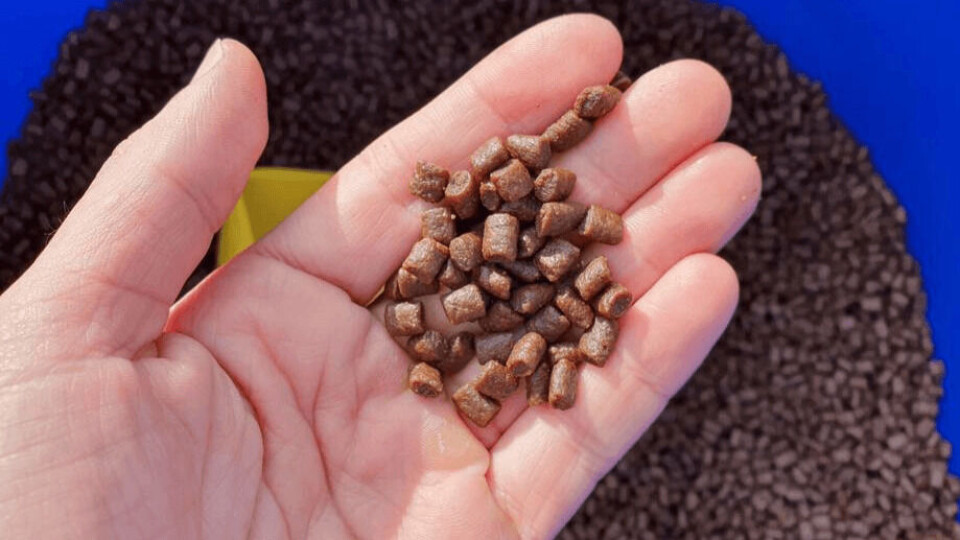
Study shows the high price of cheap dietary energy
A 12-week study by researchers in Chile showed that Atlantic salmon fed a high-carbohydrate diet developed fatty liver and that the final weight, feed conversion ratio and growth rate of the fish decreased.
The importance of the use of carbohydrates in the different diets for fish lies in the fact that they constitute the most abundant and least costly source of dietary energy for the aquaculture industry.
Carnivorous fish, including salmonids, show a lower tolerance to glucose since, after being fed with high levels of digestible carbohydrates, they show a prolonged postprandial hyperglycemia, which is usually associated with a lower performance of growth and liver fat development in the fish.
Fatty liver
Scientists from the University of Chile, the University of the Americas and the Catholic University of Temuco carried out a study to determine the effect of increasing levels of dietary digestible carbohydrates, in the form of starch, on growth, liver health and the dynamics of the gut microbiota in Atlantic salmon over a 12-week period.
Among the main results, the development of fatty liver was observed in the fish fed the high-carbohydrate diet. In addition, the final weight, feed conversion efficiency and growth rate of the fish decreased in the group fed the high-carbohydrate diet.
Regarding the composition of the intestinal microbiota, the greatest impact of feeding based on a high-carbohydrate diet was observed in the fourth week where beta diversity showed a significant difference when comparing the group fed with the high-carbohydrate diet and the group fed a medium or low carbohydrate diet, and at week eight when comparing the group fed the high carbohydrate diet with the group fed a medium carbohydrate diet.






















































